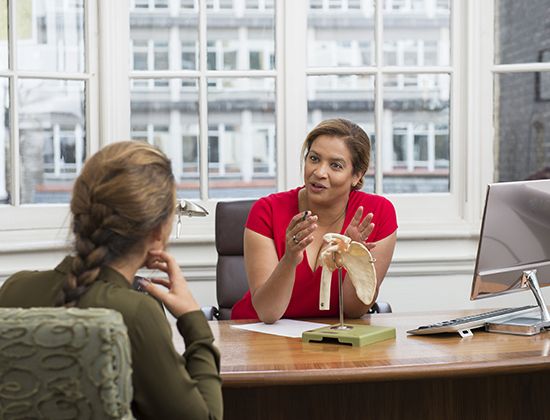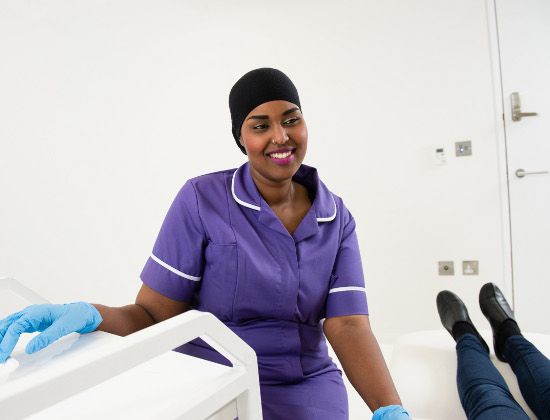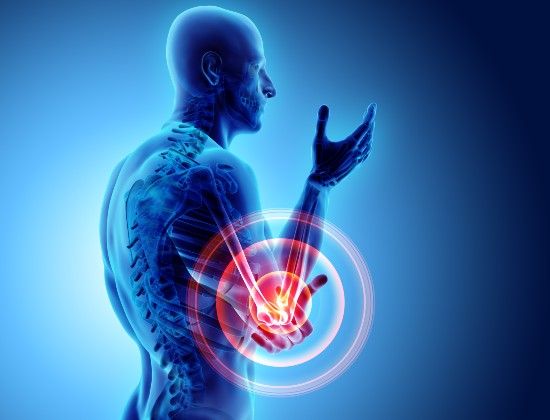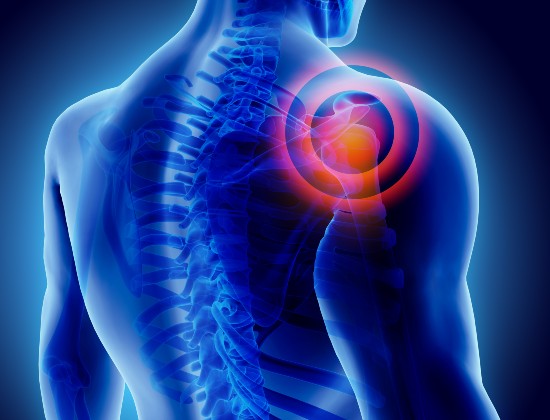Shoulder instability
What is shoulder instability?
The shoulder joint moves more than any other joint in the body, enabling you to lift and rotate the arm, as well as reaching above the head and moving in all directions. Shoulder instability, usually caused by a dislocation or subluxation, is when the joint moves around more than it should, and repeatedly slips out of place.
How is it caused?
There are three main causes:
- If your shoulder has been severely injured, causing a dislocation, it becomes easier for it to move out of place in the future. In some cases it can become permanently loose, slipping in and out of place
- Some people have naturally looser ligaments than others and this, combined with repeated overhead activities that stretch the shoulder ligaments, such as swimming or tennis, can cause repetitive strain, making the shoulder weak and unstable
- Less commonly, the shoulder can become unstable without having been injured or having had repetitive strain. This is known as ‘multidirectional instability’
What are the symptoms?
Pain, repeated dislocations, or cases of the shoulder slipping, feeling loose or unstable are all typical symptoms.
How is it diagnosed?
Having discussed any previous dislocation and carefully examined the area, your specialist will check the stability of the shoulder as well as your range of movement, before arranging for you to have an X-ray and frequently an MRI scan to identify any other problems and show the extent of the damage. CT scans can also help in assessing bone damage.
How is it treated?
Non-operative treatment: this involves making adjustments to your lifestyle and avoiding activities that make your symptoms worse. You may be offered a brace to support the shoulder and your doctor may also advise you to take anti-inflammatory medication and take gentle exercise to strengthen your shoulder muscles to help with stability.
Surgery: In some cases, particularly for young athletes, ligament repair surgery may be necessary to help hold the joint in position. This is usually carried out using arthroscopy.
Important: This information is only a guideline to help you understand your treatment and what to expect. Everyone is different and your rehabilitation may be quicker or slower than other people’s. Please contact us for advice if you’re worried about any aspect of your health or recovery.





